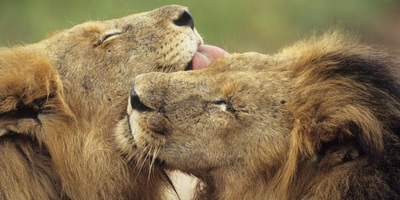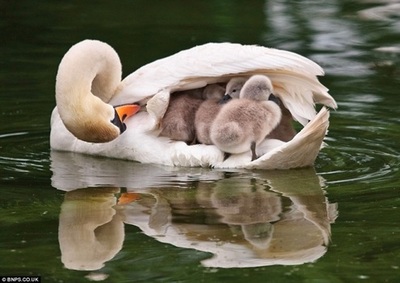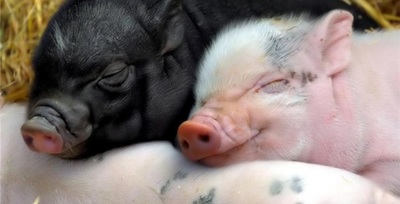The Five FreedomsThe welfare of an animal includes its physical and mental state and good animal welfare implies both fitness and a sense of well-being. Any animal kept by man, must at least, be protected from unnecessary suffering. An animal's welfare, whether on farm, at a zoo, in domestic homes, on working animal estates or in research labs should be considered in terms of 'five freedoms'.
These freedoms define ideal states rather than standards for acceptable welfare. They form a logical and comprehensive framework for analysis of welfare within any system together with the steps and compromises necessary to safeguard and improve welfare within the proper constraints of an effective livestock industry.
|
FiveFreedom from fear and distress by ensuring conditions and treatment which avoid mental suffering.
It could cover, for example, issues such as keeping prey animals in full view of predator species, subjecting an animal to an unreasonable workload or treating an animal cruelly that it became fearful. |



